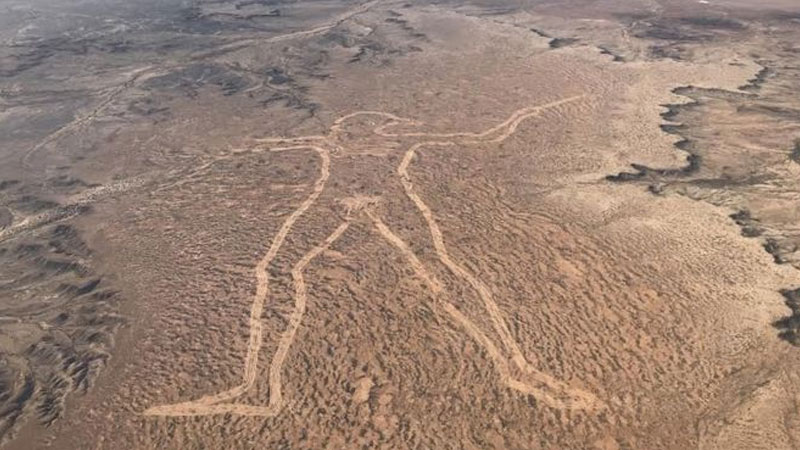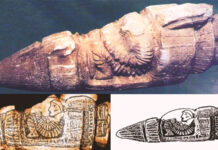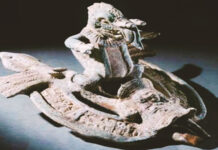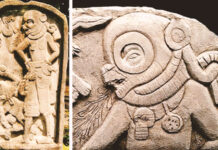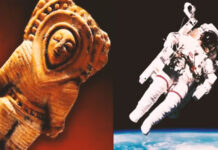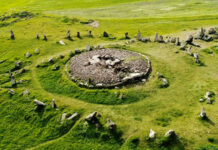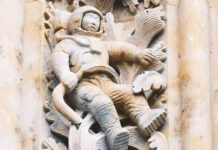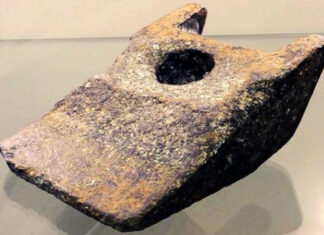The figure, which stretches from head to toe over a 4.2km area on a remote plateau in the state of South Australia, is often said to represent an Aboriginal hunter.
She was nicknamed Marree Man, in reference to the nearby town of Marree. It is one of the largest drawings in the world engraved on the ground.
Australian businessman Dick Smith offered a reward of US$5,000 for any information about the origin of the artwork.
“How was this kept secret for 20 years?”, Smith told Australia’s ABC television network.
The Marree Man has been an object of fascination since its discovery in the desert, about 700km north of Adelaide, the state capital.
Too big to be seen from the ground, it ended up gaining popularity on tourist flights. The contour of the entire figure extends for 28 km, a path dug into the ground at a depth of about 35 cm.
Nearby residents believe the figure depicts an Aboriginal man carrying a ‘woomera’, an Aboriginal spear, in his left hand.
Phil Turner, one of those residents, says he is convinced that its creator, or creators, were “professionals” who possibly used GPS technology.
“Whoever made the outline used bamboo skewer markings every 10 meters. If you didn’t have the coordinates, you wouldn’t know whether you were on the figure’s left toe or elbow. Considering GPS technology was still in its infancy to develop at the time, this is an absolutely remarkable achievement,” Turner told the BBC.
Smith agrees, in the ABC interview, saying that there were no errors in executing the project. “It was done very professionally.”
Several theories about its creators have circulated over the years.
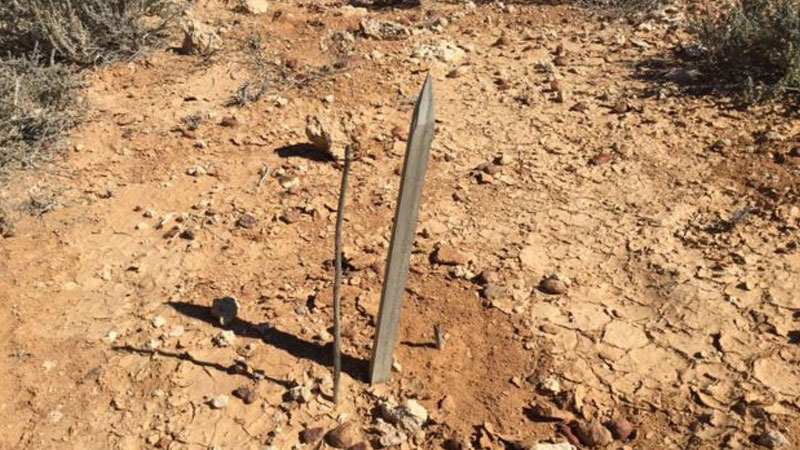
Pilot Trevor Wright, the first to see the Marree Man, on June 26, 1998, says that the encounter with the figure occurred by chance. But anonymous fax messages had previously been sent to media organizations at the time, informing them of the drawing’s existence.
There were suspicions that the drawing was the work of an American artist, because the faxes used US spelling and references. A plaque showing the country’s flag and Olympic rings was also found at the site.
But others believe these clues were intentionally misleading and that the work was the work of local artists or even members of the Australian Army.
The land on which the Marree Man was created belongs to the Arabana, Aboriginal people who live in South Australia, and Arabana Aboriginal Corporation manager Lorraine Merrick said its appearance in 1998 initially upset some Aboriginal people, who saw it as a desecration of their lands.
She said there was “a mix of opinions”. However, he added that the corporation that manages the land recognized that Marree Man had become an icon.
“It’s there now and you can’t go back in time to stop it from being done. So for us it’s about working out a clear strategy for its future,” Merrick told the BBC.
The Marree Man disappeared over the years, but local residents, with the approval of the Arabana people, used machines to restore it in 2016.
“Maybe the mystery is part of its attraction, but honestly there aren’t people coming up to ask me who did it or anything like that,” Merrick said.

